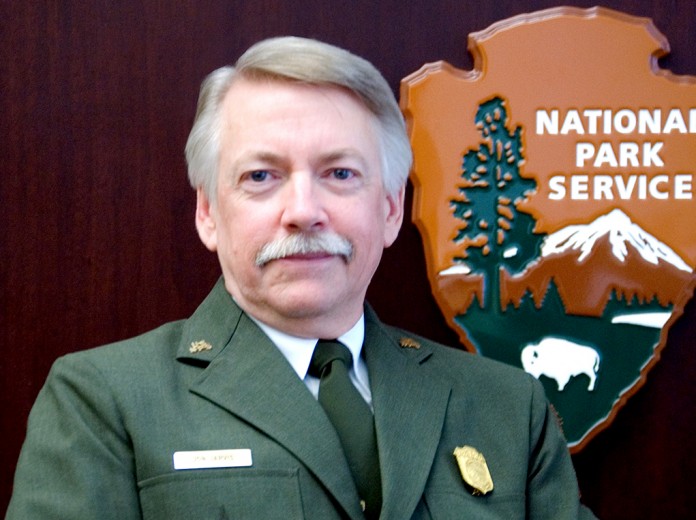WASHINGTON, DC — The National Park Service has unveiled a comprehensive stewardship guide full of lofty terms, crammed into a mish-mash of confusing and clashing precepts, according to comments filed today by Public Employees for Environmental Responsibility (PEER). Despite its thorough vagueness, it purports to govern all “policies, plans, studies, and inventories; funding priorities and allocations; and field operations and programs” for both natural and cultural resources throughout the entire park system.
Open for public comment through tomorrow, the proposed 18-page Director’s Order #100 bears the portentous title of “Resource Stewardship for the 21st Century.” It claims to advance “a new framework for stewardship decision making” based on wholly “new conservation concepts and guiding strategies.”
None of these fundamental changes are coherently explained, hoever. For example, the proposal posits as one of the three central pillars of National Park Service (NPS) decision-making a construct called the “long-term public interest” which it defines as –
“an evolving understanding of diverse public values and perspectives, meaningful civic engagement including multiple perspectives and generations, and the professional judgment of NPS professionals.”
“This is a steaming pile of politically correct jargon formulated to give any rational reader an ice-cream headache,” stated PEER Executive Director Jeff Ruch who posted enough nebulous excerpts from the proposal to fuel an entire game of “buzzword bingo.” “This sloppy proposal morphs ‘America’s Best Idea’ into something utterly incomprehensible.”
Capping a period when national parks have largely abandoned statutorily required management planning, including steps to address overcrowding, this proposal would impose a new set of nebulous and often contradictory mandates on NPS planners, such as:
- Integrating use of indigenous lore into “rigorous” science-based decision-making. The proposed order gives no instructions on how to mesh reliance upon best available science with unwritten “traditional ecological knowledge”;
- Extending NPS control over “resources outside parks…by increasing the use of existing authorities” without identifying what those authorities are; and
- Adopting “the precautionary principle” but using ad hoc, less than precautionary “adaptive management” as its implementation strategy.
This and other lame duck proposals are the handiwork of NPS Director Jon Jarvis, who is facing increasing calls for his immediate resignation. PEER also points out that his last minute moves may burden his successor with policies that may be utterly unwelcome.
“If Director Jarvis is going to hang on until January, he should be barred from issuing any more agency-wide rules,” added Ruch who also sent a letter to Interior Secretary Sally Jewell requesting that she take steps to leave these issues to the next NPS leadership. “Given his highly questionable record, Jon Jarvis’ vision for the National Park Service should end with him.”





